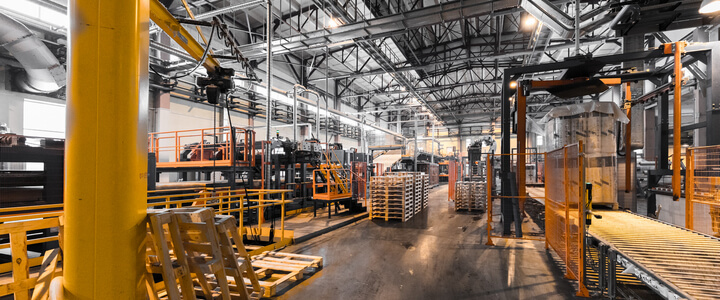Why is Competition Rising Between OEMs and PMAs?
The Maintenance Repair and Operations (MRO) sector is witnessing a battle — original equipment manufacturer parts (OEMs) and parts manufacturer approval (PMAs). Though aircraft manufacturers recommend OEMs because they come from the source, expecting to work best for the chosen vehicle, they have higher price tags than PMAs.
Where should their loyalties lie if the option of OEMs vs. PMAs could theoretically work at the same efficiency?

What’s the Difference — OEMs vs. PMAs
The quality of the product is the biggest question in OEMs vs. PMAs. PMAs were born out of necessity in response to supply shortages during World War II, but because OEMs are plentiful nowadays, these suppliers do not want them affecting the market. Aftermarket parts tend to have a less trustworthy reputation just because they are less official, so sometimes it is difficult to overcome this industry conditioning.
Because the manufacturer of that particular build verifies OEMs, it has inherent trust. However, PMAs are still approved by the Federal Aviation Administration if they meet industry standards throughout the process, including manufacturing and testing.
OEMs continue to raise concerns over PMAs despite the rigorous approval process. Their argument is they cause a safety concern, especially for the most prominent airlines. Rhetoric like this is one way OEMs stoke the competitive fire among airlines.
Some OEM and PMA parts are like exact copies, displaying no apparent differences. Sometimes they are approved for modifications, so long as they do not hinder aircraft operations. Risk assessment is one of the many criteria assessors look for, so this is less of a concern than PMAs continue to become accepted.
What Advantages and Disadvantages Do They Have?
OEMs have longevity under their belts. With longstanding relationships with MROs, it is challenging to change course so late in the game. When these relationships last decades, OEMs become familiar with the work the MRO performs, deepening partnerships with customized services. Plus, it gives them greater access to newer models of parts that could be appealing depending on what engineers desire.
However, PMAs provide everyone with a competitive price and help keep market prices from skyrocketing too much, though typical price hiking is expected yearly. PMAs can encourage businesses to be more stable, having more options when stocking parts for their clients, especially when reserves of not just components but specific materials to make the pieces could be in short supply worldwide.
The most noteworthy disadvantage to PMAs is the extra effort required to decide if it is the right choice. Determining if PMAs will suffice requires research and detailed industry knowledge. Smaller, independent fleets may need assistance to assess PMAs accurately or thoroughly enough, despite being well-evaluated.
Why Are Tensions Rising Now?
OEM and PMA competition is not a new concept in the industry. However, rising prices are the primary driver behind the debacle. Operators want backup parts just in case they are not readily available, meaning more options must present themselves, like PMAs. Suppliers desire variety for a competitive advantage to survive a troubled economy.
When 4% of airline operational costs come down to repairs, it takes work to budget for and anticipate when prices fluctuate. OEM parts are more expensive, so looking to PMAs for potentially equally effective yet cost-efficient options makes sense.
OEMs have dominated the market for so long, it allows the suppliers to obtain a strong reputation and uncontested market control. Times of global stress — such as natural disasters and war — are potent catalysts for considering alternatives.
The monopoly could lead to unexpected or unjustified price hikes, especially as supply chains in nearly every industry have been affected since the beginning of the COVID-19 pandemic and continue to be due to global strain. Reduced travel and tourism yield lower profits among airlines, meaning budgets are tighter when allocating replacement parts.
Will OEM and PMA Competition Subside?
The question if the tension will go away between the two parties is uncertain. Because the parts could be equal in quality, the preference goes to company loyalty and price. Ultimately, the market is trying to stay competitive — so long as that desire exists, OEM and PMA competition will continue. Regardless, the MRO industry will continue to access these parts without restriction, providing diversity in the sector that some need to continue operating.













